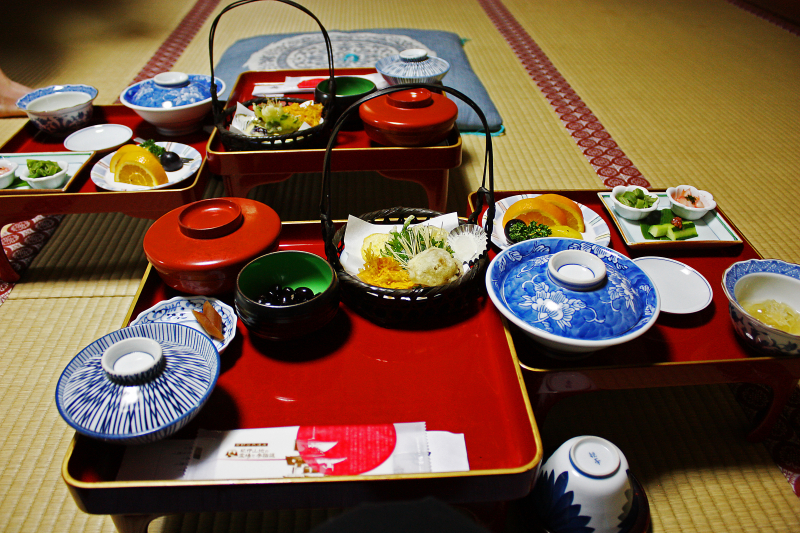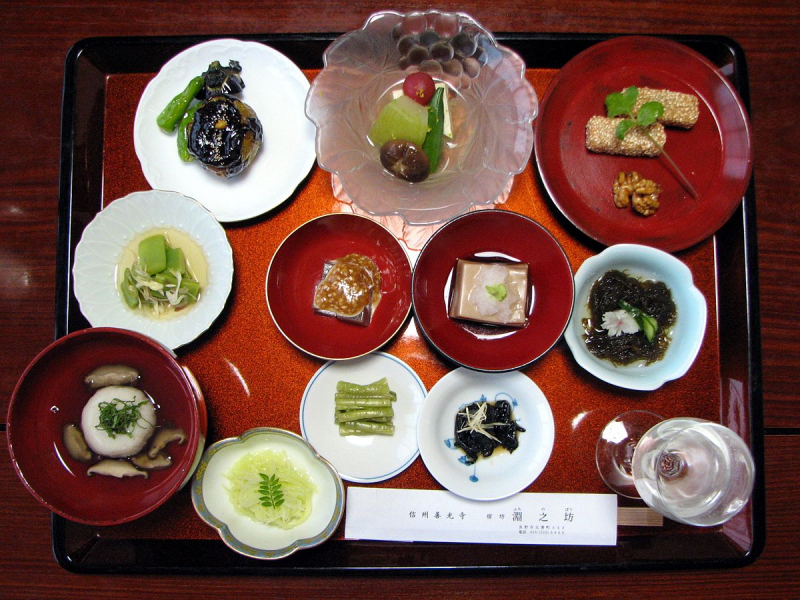Are all Buddhists vegetarians?
While it's widely believed that all Buddhists are vegetarians due to the principle of abstaining from taking life, the reality is more nuanced. While vegetarianism is encouraged in most Buddhist schools, it is not an absolute requirement.
Early scriptures indicate that the Buddha's monastic disciples were not strict vegetarians, primarily for practical reasons. Allowed only one meal a day before noon and reliant on alms, they consumed whatever food was offered, including meat. However, there were specific guidelines in place. Monks and nuns were prohibited from eating animals slaughtered expressly for them and certain types of meat such as bear, dog, elephant, horse, leopard, snake, and tiger. Laypeople, on the other hand, likely consumed meat out of practicality.
As Buddhism spread to regions like China, Japan, and beyond, monastic communities became less dependent on begging for food and started purchasing it. Consequently, vegetarian meals became more prevalent as slaughtering animals for many people became a concern. Laypeople were not compelled to follow a vegetarian diet, but many chose to adopt it voluntarily. Notably, early Mahayana sutras, dating back to the 1st millennium CE, strongly emphasized vegetarianism. For instance, the Lankavatara Sutra referred to eating meat as "the root of great suffering."
In regions like Tibet, where arable land and a challenging climate made a year-round vegetarian diet unfeasible, meat consumption was deemed beneficial for health based on Tibetan medicine. Despite this, a small number of Tibetan lamas over the centuries chose to avoid meat and encouraged their students to do the same.
Today, Buddhist dietary practices differ among various traditions. In Theravada and Tibetan Buddhism, vegetarianism is generally considered a personal choice, with adherents following diverse diets, including meat consumption, pescatarianism, and veganism. On the other hand, vegetarianism is more commonly observed in Mahayana schools, particularly in the Chinese, Korean, and Vietnamese traditions and among Western practitioners.












